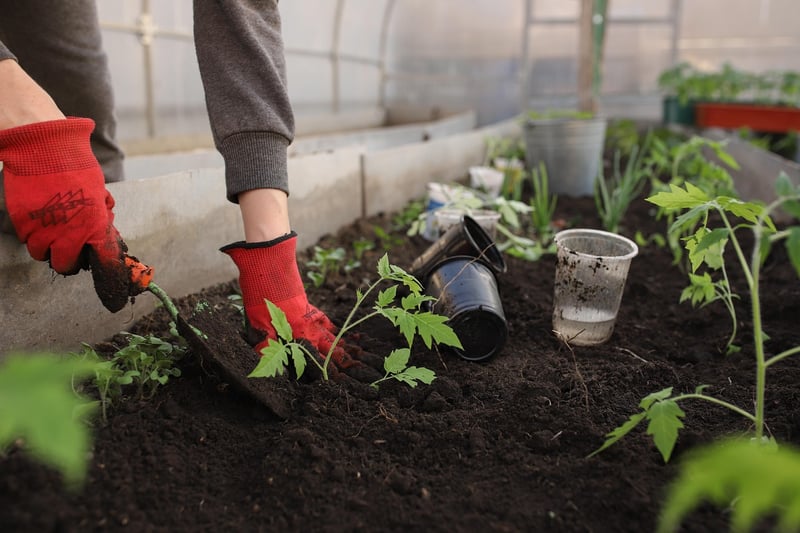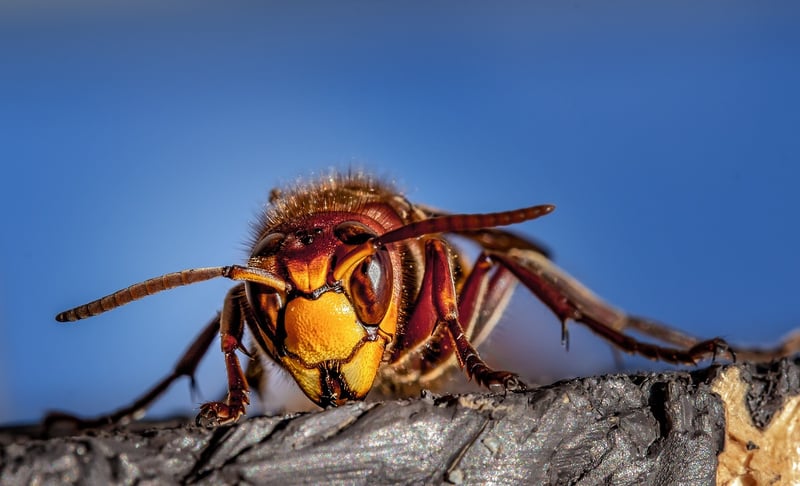Pest Control
Keeping Your Garden Healthy and Thriving: Pest Control Tips
Having a beautiful and thriving garden requires more than just watering and sunlight. One of the biggest challenges gardeners face is dealing with pests that can damage plants and hinder growth. Here are some effective pest control tips to keep your garden healthy and flourishing:
1. Identify the Pests
Before implementing any pest control measures, it's essential to identify the specific pests that are causing damage to your plants. Look for common signs such as chewed leaves, holes in foliage, or visible insects.
2. Natural Predators
Encourage natural predators like ladybugs, lacewings, and birds in your garden. These beneficial insects and animals can help keep pest populations in check by preying on them.
3. Neem Oil
Neem oil is a natural insecticide that is effective against a wide range of garden pests. It disrupts the pests' hormonal balance and acts as a repellent, keeping them away from your plants.
4. Companion Planting
Utilize companion planting by growing pest-repelling plants alongside your main crops. For example, planting marigolds can deter aphids and other pests due to their strong scent.
5. Organic Sprays
You can make organic sprays using ingredients like garlic, chili peppers, or soap to ward off pests. These sprays are safe for plants and the environment while effectively controlling pests.
6. Mulch
Applying mulch around your plants not only conserves moisture and suppresses weeds but also creates a barrier that makes it difficult for pests to reach the plant roots.
7. Regular Inspections
Inspect your plants regularly to catch pest infestations early. Remove any affected leaves or pests by hand and monitor the situation to prevent further damage.
8. Clean Garden Practices
Practice good garden hygiene by cleaning up fallen leaves, weeds, and debris regularly. Pests often hide in these areas, so keeping your garden clean can help reduce their presence.
9. Beneficial Nematodes
Introduce beneficial nematodes to your soil to control soil-dwelling pests like grubs and caterpillars. These microscopic organisms are safe for plants and can effectively reduce pest populations.
10. Trap Crops
Plant trap crops like nasturtiums or radishes to lure pests away from your main crops. This diversion strategy can protect your valuable plants while providing a sacrificial alternative for pests.
By implementing these pest control tips and practices, you can maintain a healthy and thriving garden without the need for harmful chemicals. Remember to observe your plants regularly, stay proactive, and create a balanced ecosystem that supports beneficial insects and discourages pests.

Happy gardening!
